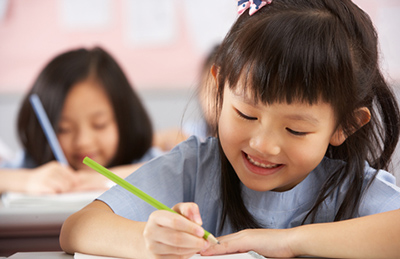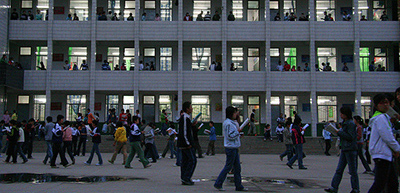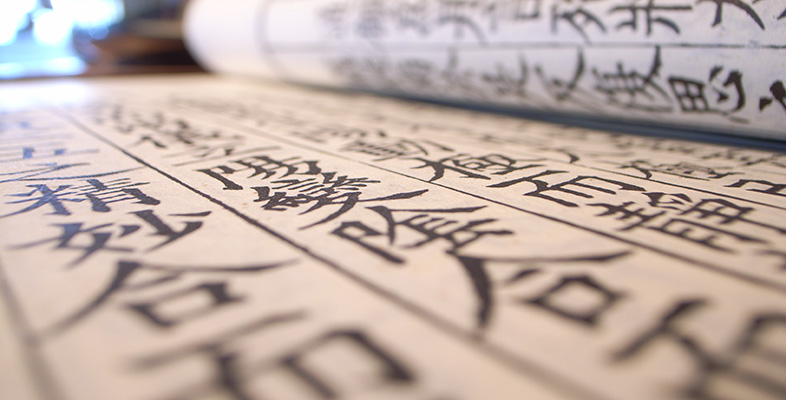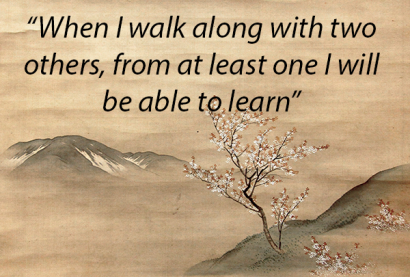This content is associated with The Open University Childhood and Youth Studies qualification.
Structure of the Chinese education system
In China, education is divided into three categories: basic education, higher education, and adult education. By law, each child must have nine years of compulsory education from primary school (six years) to junior secondary education (three years).
Basic education
Basic education in China includes pre-school education (usually three years), primary education (six years, usually starting at the age of six) and secondary education (six years).
Secondary education has two routes: academic secondary education and specialized/vocational/technical secondary education. Academic secondary education consists of junior (three years) and senior middle schools (three years). Junior middle school graduates wishing to continue their education take a locally administered entrance exam, on the basis of which they will have the option of i) continuing in an academic senior middle school; or ii) entering a vocational middle school (or leaving school at this point) to receive two to four years of training. Senior middle school graduates wishing to go to universities must take National Higher Education Entrance Exam (Gao Kao). According to the Chinese Ministry of Education, in June 2015, 9.42 million students took the exam.
Higher education
Higher education is further divided into two categories: 1) universities that offer four-year or five-year undergraduate degrees to award academic degree qualifications; and 2) colleges that offer three-year diploma or certificate courses on both academic and vocational subjects. Postgraduate and doctoral programmes are only offered at universities.
Adult education
Adult education ranges from primary education to higher education. For example, adult primary education includes Workers’ Primary Schools, Peasants’ Primary Schools in an effort to raise literacy levels in remote areas; adult secondary education includes specialized secondary schools for adults; and adult higher education includes traditional radio/TV universities (now online), most of which offer certificates/diplomas but a few offer regular undergraduate degrees.
Term times and school hours
The academic year is divided into two terms for all the educational institutions: February to mid-July (six weeks of summer vacation) and September to mid/late-January (four weeks of winter vacation). There are no half-terms.
Most schools start in the early morning (about 7:30 am) to early evening (about 6 pm) with 2 hours lunch break. Many schools have evening self-study classes running from 7 pm-9 pm so students can finish their homework and prepare for endless tests. If schools do not run self-study evening classes, students still have to do their homework at home, usually up to 10 pm. On average, primary school pupils spend about seven to eight hours at school whilst a secondary school student spends about twelve to fourteen hours at school if including lunchtime and evening classes. Due to the fierce competitiveness to get into good universities, the pressure to do well for Gao Kao is intense. Many schools hold extra morning classes in science and math for three to four hours on Saturdays. If schools do not have Saturday morning classes, most parents would send their children to expensive cramming schools at weekends or organise one-to-one private tuition for their children over the weekend.





Rate and Review
Rate this article
Review this article
Log into OpenLearn to leave reviews and join in the conversation.
Article reviews
[Moderator: link to external website removed, 7.3.18]